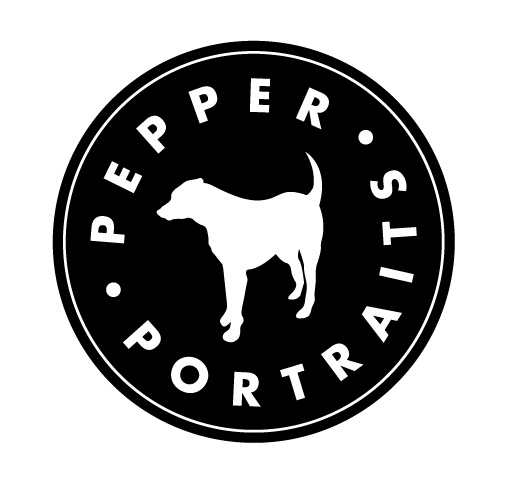Just about the worst case scenario is when a client approaches me for a custom pet portrait and the subject is deceased. The expectation of the following: poor lighting, indoor flash, low resolution, foreshortened or odd angle, legs cropped, ears missing, head on two sticks, the "perfect expression" and so on, fills me with dread. Having been in the pet portrait biz for over a decade (17 years and counting,) I've learned to decline jobs more frequently.
As a rule, I use my own reference material whenever possible. Taking my own photographs allows me to meet the subject in person, observe mannerisms, behavior, expression, interaction with people and other pets and have some control over setting, lighting and image resolution. But, when the pet is deceased, so many of the things necessary to make a decent portrait are dependent on reference material provided by a potential client, who in most cases, is neither artist nor photographer.
This is how I handle the situation. First I give the client my What to Expect When Commissioning a Custom Portrait write up as well as the contract. She in turn provides as many photos as she can find. And while she becomes familiar with my process and my payment requirements I spend time ruminating over the images. If there is enough information about fur color, size relationship and perspective, conformation and body shape; if I can blow up a photo and it doesn't completely fall apart; if I can make the necessary adjustments to see a face that is completely dark or back lit; if, if, and IF, I will consider taking the commission. I do not start until I have a non refundable down payment. I sure don't want to work with mediocre reference material without an informed, committed client. In the end it is a job. The goal is to create a good portrait that makes the client happy and get paid. If I don't think I can do this, I will decline the commission as graciously as possible.

